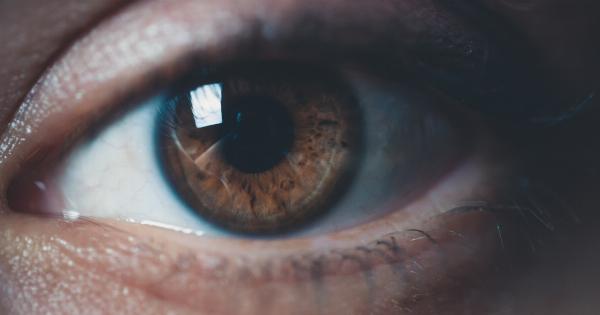Long before the discovery of advanced methods of skin care, people have been using the sun to help tan their skin. It was often seen as a sign of beauty and vitality.
But now, as we know more about the dangers of ultraviolet (UV) radiation from the sun and tanning beds, we have come to understand the harmful consequences of tanning. In this article, we will discuss the risks and negative effects of tanning on the skin.
Harmful Effects of Tanning
Tanning increases the risk of skin cancer, including the deadly melanoma. According to the Skin Cancer Foundation, it is estimated that one person dies from melanoma every hour in the United States.
Cumulative exposure to UV radiation through tanning and indoor tanning beds increases the risk of developing skin cancer. Individuals who use tanning beds are 2.5 times more likely to develop squamous cell carcinoma and 1.5 times more likely to develop basal cell carcinoma.
Tanning also accelerates skin aging. It results in the appearance of fine lines and wrinkles, sagging, and age spots. Prolonged and frequent exposure to UV radiation can lead to skin that is dry, leathery, and discolored.
It also weakens the skin’s elasticity, which makes it more susceptible to bruising and tearing.
Another harmful effect of tanning is the development of eye problems. Prolonged exposure to UV radiation can lead to cataracts and other eye conditions that can lead to blindness.
Tanning Addiction
While tanning can be done in moderation, it can also be addictive. Some individuals may become obsessed with tanning and spend excessive amounts of time and money on achieving the perfect tan.
Tanning addiction is a behavioral addiction that can negatively impact an individual’s life. It can lead to decreased productivity, social withdrawal, and financial difficulties.
Tanning Risks by Age
Individuals who start tanning at a young age are at higher risk of developing skin cancer. The World Health Organization states that the ultraviolet radiation from tanning beds is classified as a human carcinogen.
Indoor tanning before the age of 35 increases the risk of melanoma by 59 percent.
Children and teenagers are especially vulnerable to the negative effects of tanning. Their skin is more sensitive to UV radiation as compared to adults. It takes less time for their skin to get damaged and develop signs of aging.
Parents should actively discourage their children from tanning and encourage them to adopt healthy sun safety practices early on in life.
Sun Safety Practices
The most effective way to protect yourself from the harmful effects of tanning is to practice sun safety. The American Academy of Dermatology recommends the following:.
- Seek shade between 10 a.m. and 4 p.m.
- When outdoors, wear protective clothing, such as long-sleeved shirts and wide-brimmed hats.
- Use a broad-spectrum, water-resistant sunscreen with an SPF 30 or higher.
- Apply sunscreen 15 minutes before going outdoors and reapply every two hours or immediately after swimming or sweating.
- Avoid tanning beds.
Conclusion
Tanning may seem harmless, but it can have deadly consequences. The risks and negative effects of tanning on the skin are well documented.
Individuals who want to have a healthy and youthful-looking skin should adopt healthy sun safety practices, such as wearing protective clothing, using sunscreen, and avoiding tanning beds. By making smart choices when it comes to tanning, individuals can enjoy the sun safely while reducing their risk of skin cancer and other negative effects of tanning.
























